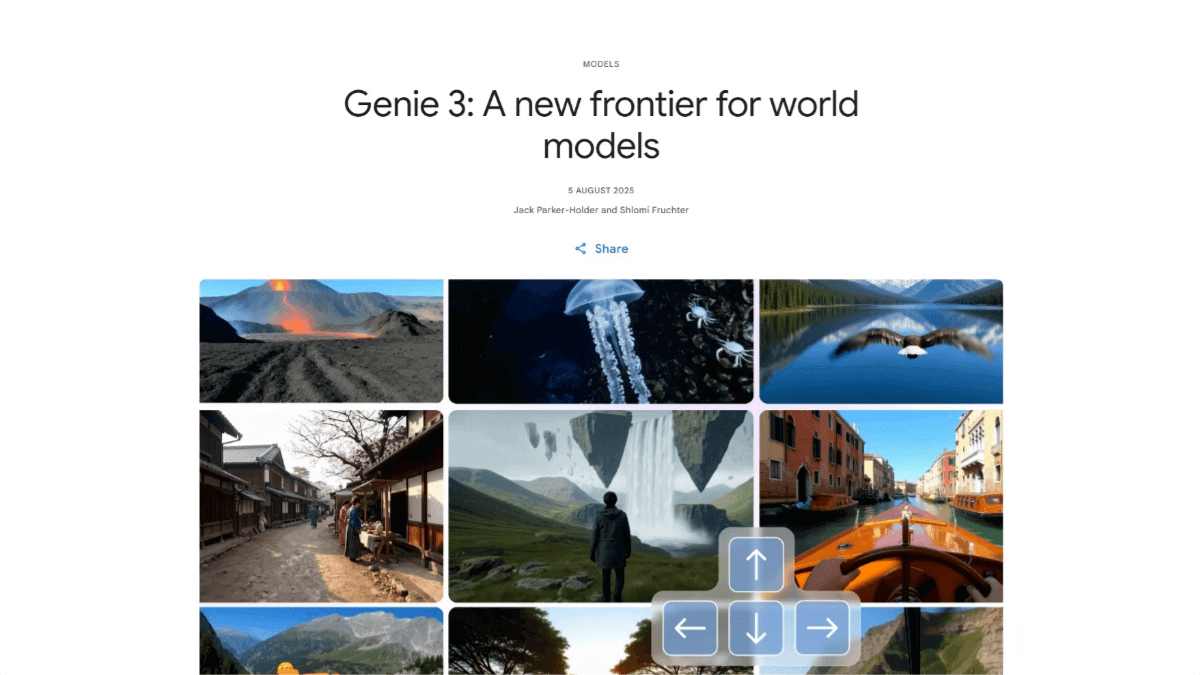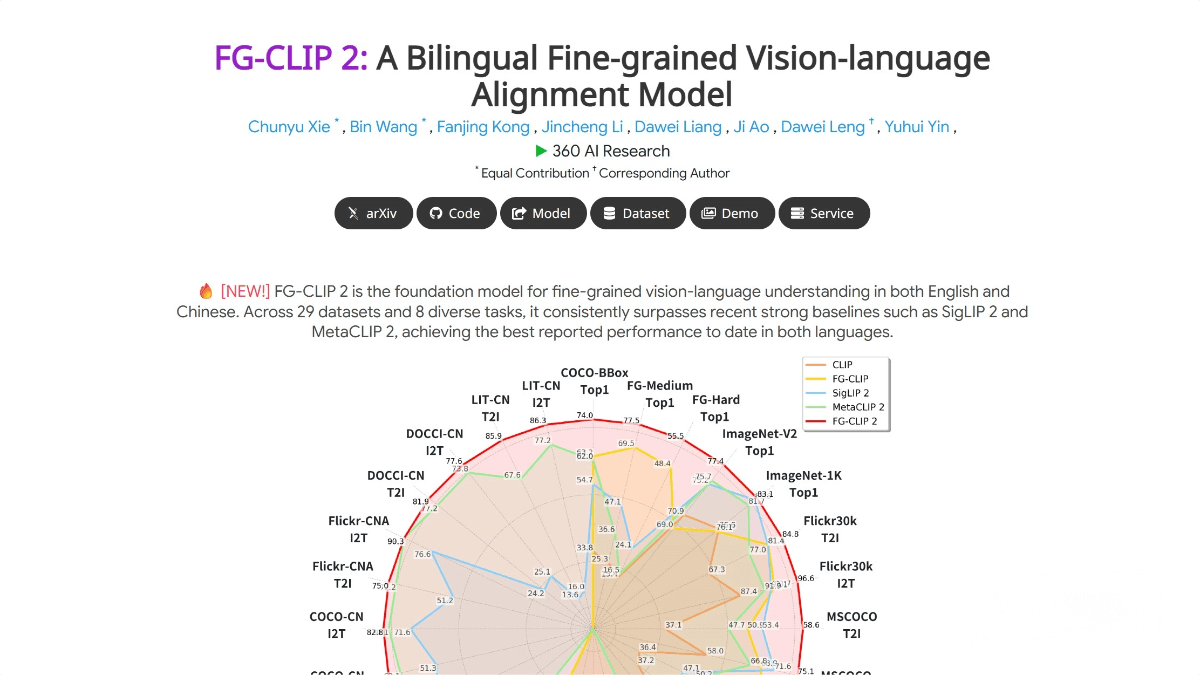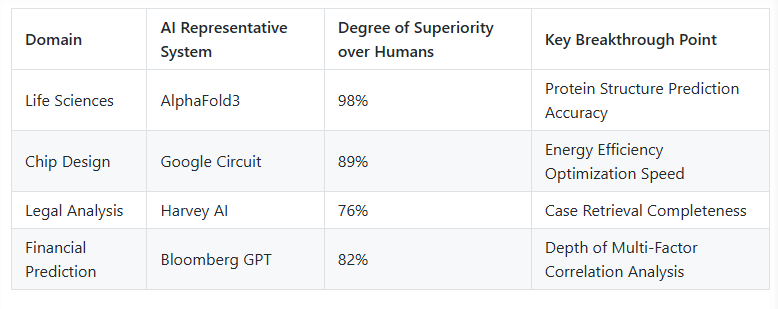Genie 3 – Google DeepMind’s Next-Generation General-Purpose World Model
What is Genie 3?
Genie 3 is the next-generation general-purpose world model launched by Google DeepMind, capable of generating highly dynamic and coherent virtual worlds in real time. The model can simulate physical phenomena, natural ecosystems, fantasy scenes, and historical settings, supporting text prompts to change the world’s state, such as weather changes or introducing new objects. Genie 3 achieves visual consistency lasting several minutes, with visual memory tracing back up to one minute. It provides training environments for AI agents and supports achieving complex goals. This technological breakthrough opens new possibilities for AI research and applications.

Main Features of Genie 3
-
Physical World Simulation: Can generate natural phenomena like flowing water and lighting, interacting with complex environments.
-
Natural World Simulation: Supports creating vibrant ecosystems, including animal behaviors and complex plant life.
-
Animation and Fantasy World Creation: Generates imaginative fantasy scenes and animated characters, such as a cartoon fox on a rainbow bridge.
-
Exploration of Locations and Historical Scenes: Supports crossing time and space to recreate historical scenes or explore different places.
-
Real-Time Interaction: Supports real-time interaction at 20–24 frames per second, maintaining consistency over several minutes.
-
Long-Term Consistency: Maintains physical consistency of generated environments for minutes, with visual memory recalling up to one minute prior.
-
Text-Driven World Events: Allows changing world states via text input, such as weather changes or adding new objects.
-
Agent Training: Provides training environments for AI agents, supporting the achievement of complex objectives.
Technical Principles of Genie 3
-
Autoregressive Generation: Generates frames one by one using autoregressive techniques. When generating each frame, the model considers previously generated trajectories to maintain environmental consistency.
-
Long-Term Consistency: Based on a complex memory mechanism, Genie 3 keeps the environment physically consistent for several minutes, enabling users to revisit a location after one minute and have the model recall related prior information.
-
Dynamic World Generation: Unlike methods relying on explicit 3D representations (e.g., NeRFs and Gaussian splatting), Genie 3 generates the world frame-by-frame based on world descriptions and user actions, making the environment more dynamic and rich.
-
Text-Driven World Events: Through text input, users can change the world state, enhancing interactivity and expanding application scenarios for AI agent training.
Project Links for Genie 3
Limitations of Genie 3
-
Limited Action Space: The range of actions directly executable by agents is limited, affecting autonomy in complex tasks.
-
Complexity in Multi-Agent Interaction: Accurately simulating complex interactions between multiple independent agents remains challenging, limiting multi-agent system applications.
-
Accurate Real-World Location Representation: It cannot perfectly simulate real-world locations with exact geographic precision, restricting geographic information system use.
-
Limited Text Rendering: Genie 3 can generate clear, readable text only when textual information is provided in the input descriptions, limiting use cases requiring precise text display.
-
Limited Interaction Duration: Currently supports continuous interaction only for several minutes, restricting use in applications requiring longer sessions.
Application Scenarios of Genie 3
-
Education and Training: Creates virtual laboratories and historical scenes to help students deepen their understanding of science and history through immersive experiences.
-
Entertainment and Game Development: Serves as core technology for next-generation game engines, capable of generating rich and varied game worlds in real time, providing more immersive entertainment.
-
AI Research and Development: Provides complex virtual environments for training and testing AI agents’ navigation, decision-making, and learning abilities, supporting AI research.
-
Architectural Design and Urban Planning: Simulates urban environments to help architects and planners evaluate the impact of different designs on traffic, environment, and residents’ lives.
-
Mental Health and Therapy: Uses generated virtual environments in psychological treatments to help patients cope with PTSD, phobias, and other mental health issues.
Related Posts




